TECH ANALYSIS – In the world of home theater projectors, choosing the right projection surface is crucial for a top-notch viewing experience. But which is better: the wall, or a specialized projector screen? In this article, we delve into the pros and cons of each option and share some best practices for using the Hisense TriChroma C1 4K Projector.
Home theater projectors are becoming increasingly popular, and as technology advances, they deliver better and better image quality. However, choosing the right projection surface is key to achieving the best visual experience. In this article, we explore whether you should use a wall or invest in a projector screen. We provide a detailed analysis of both options and offer tips for getting the most out of your Hisense TriChroma C1 4K Projector.
Projecting Directly on the Wall?
Using a wall as your projection surface is a cost-effective and straightforward solution that’s accessible in most households. The wall is already there, so no additional investment is needed, making it particularly appealing for those looking to save money. It’s incredibly simple – no extra equipment to buy or install. Plus, it’s a space-saver since you don’t need room for a screen. However, walls come with their own set of challenges. Surface imperfections can be distracting during viewing, and the wall’s color can affect the projected image’s quality and color accuracy. Walls are often not optimized for reflecting light, which can diminish image quality.
Or Is the Screen the Real Deal?
A projector screen is specifically designed to provide the best possible image quality. Screens offer a smooth and uniform surface, enhancing image sharpness and clarity. They are coated with special materials that help in accurate color reproduction. The screen material is optimized for light reflection, resulting in brighter and sharper images. However, the downside is that high-quality projector screens can be more expensive than using a wall. Additionally, installing a screen can be time-consuming, and it requires maintenance. Screens also need dedicated storage space.
Special Projector Paints
Special projector paints offer another avenue for achieving excellent image quality. These paints are designed to enhance the projected image as much as possible. Specialty paints like Paint On Screen S1 Ultimate Contrast Screen Paint provide high contrast and brightness, improving color accuracy and sharpness. These paints typically have low VOC levels, making them more environmentally friendly and safer to use. They reflect light better than traditional paints, ensuring better image quality even with lower-lumen projectors. Application is simple – just two coats and it’s ready for use, even for 4K resolution. While these paints don’t require special preparation, priming the wall is recommended for the best results.
Even in Darkness, the Hisense C1 Shines
To get the best performance from the Hisense TriChroma C1 4K Projector, follow some tried-and-true practices. Ensure the projector is at the proper distance from the projection surface. For the Hisense C1, the optimal distance is usually between 2-4 meters, depending on the desired screen size. Adjust the projector’s tilt to ensure an even, distortion-free image. Use an adjustable stand or ceiling mount for best results.
The ambient light in the viewing area significantly impacts image quality. Draw the curtains, turn off the lights, and use blackout shades if possible to achieve the best picture quality. While the Hisense TriChroma C1 4K Projector performs well in daylight, it excels in darker environments.
If You’re “Going Bare Wall”
When projecting onto a wall, ensure the surface is smooth and even. Priming the wall before painting can help avoid imperfections and color inconsistencies. If you’re using a projector screen, choose one of the right size and quality. A good screen material optimizes light reflection without distorting colors.
The Hisense C1 projector comes with built-in image adjustment options that should be customized for optimal image quality. Adjust the contrast, brightness, colors, and sharpness to your preference. Use calibration tools or software to fine-tune the settings according to the environment.
Regular maintenance is essential to keep the projector running smoothly. Clean the lens and ventilation areas regularly to remove dust and debris. Screens also require some care. Clean the surface with a soft, damp cloth to remove dust and stains.
Pros and Cons: The Choice is Yours!
Both the wall and the projector screen are viable options for using the Hisense TriChroma C1 4K Projector, each with its own advantages and disadvantages. Using a wall is cost-effective and easy but may compromise on image quality. A projector screen offers superior image quality but is more expensive and requires more space and maintenance. Before making a decision, consider your needs and available options. The Hisense C1 projector can deliver outstanding image quality with either option if you follow best practices and optimize the available tools and surfaces.
-theGeek-

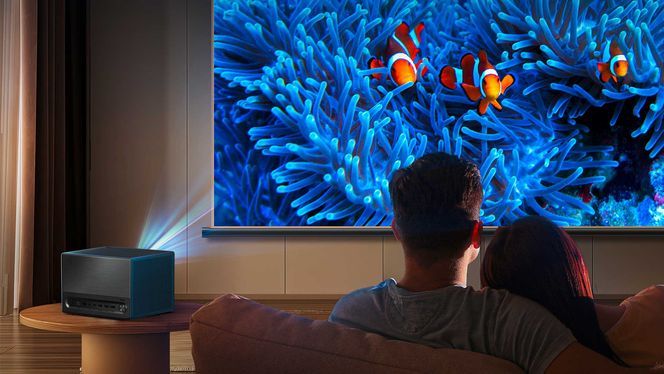
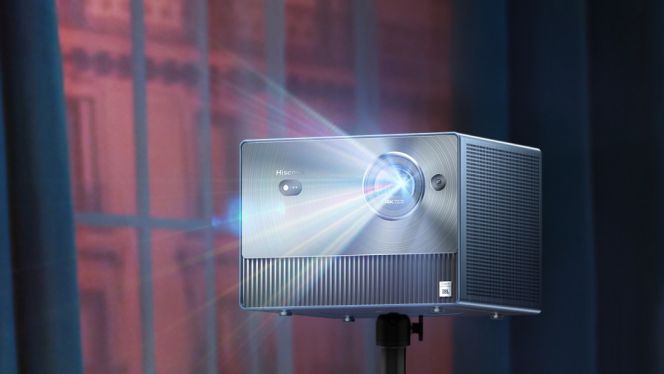
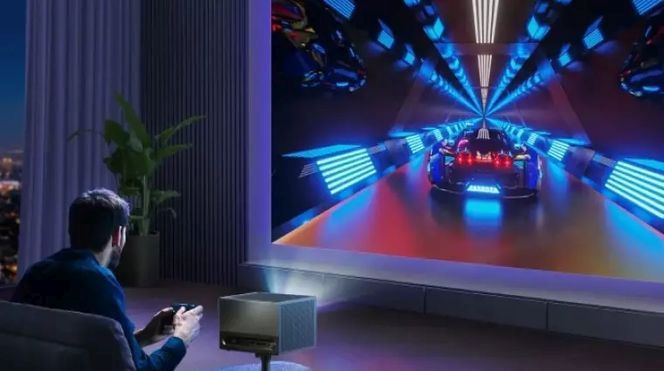
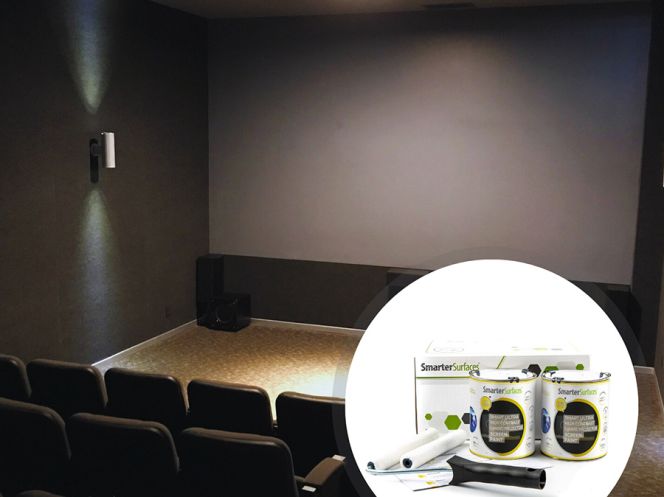
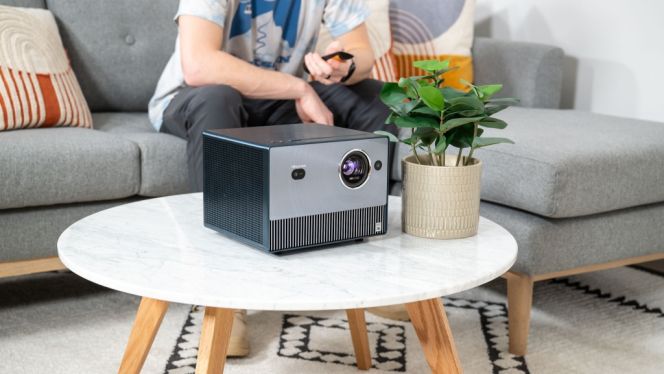
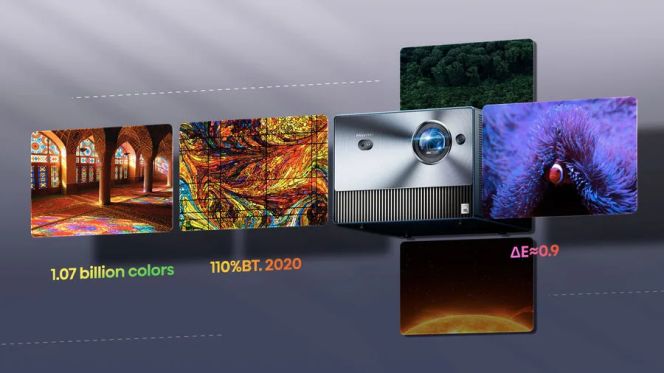


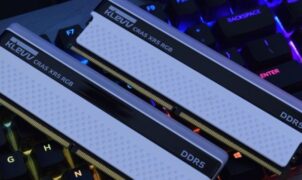
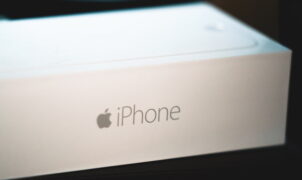
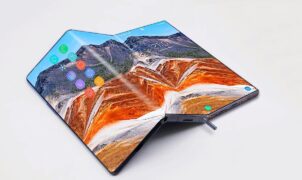
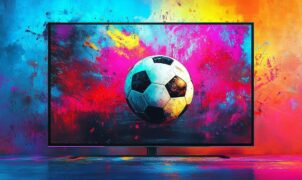



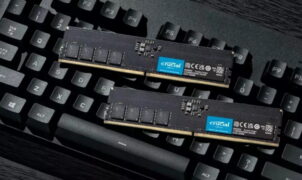




Leave a Reply